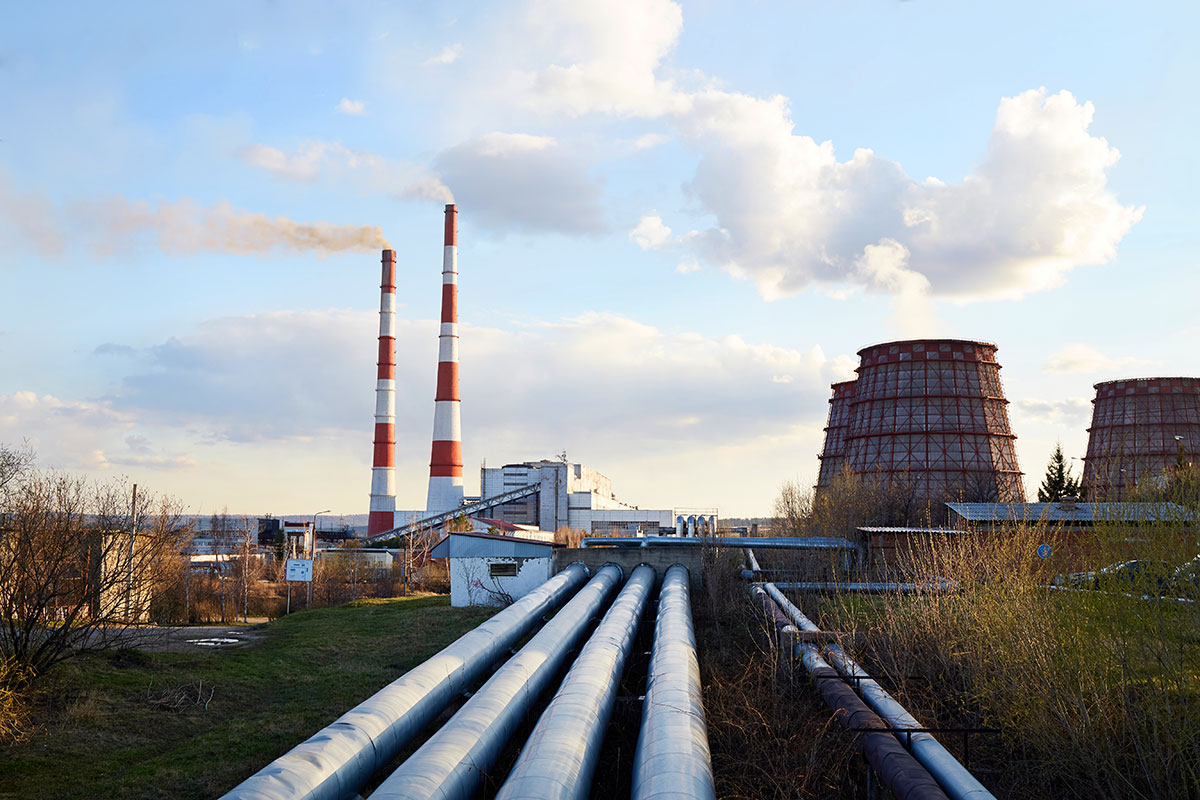Are you a business owner in charge of managing air pollution control systems? If so, it’s essential to know the key design criteria for baghouse filtration systems.

Baghouses are designed to limit emissions from industries such as cement production and power generation and can be highly effective when designed properly. Unfortunately, there is no one-size-fits-all solution; every project has different requirements and considerations that must be taken into account when designing a system.
In this blog post, we will discuss what critical measures should be included in your baghouse design to ensure optimal performance and compliance with environmental regulations. You will get an overview of the most important factors that go into designing an effective, reliable system with sustainable results, so read on to learn more!
Overview of a Baghouse – What is it and How Does It Work
Have you ever wondered how factories keep their air clean and safe for workers? One way is through the use of a baghouse.
A baghouse is an air pollution control device that filters out particles and pollutants from the air using a series of fabric bags. These bags have a huge surface area that traps the particles as the air flows through them.
To clean the bags, a pulse-jet cleaning system shoots bursts of compressed air to shake the particles loose. The collected pollutants are then disposed of properly.
Baghouses are efficient and effective at keeping the air clean, making them a vital component of many industrial processes.
Understanding the Design Criteria – Types of Filters, Air-to-Cloth Ratios, and More
As we strive to improve the air quality in our work environments, understanding the design criteria of air filters is essential. Different types of filters serve different purposes, and it’s crucial to select the right one to effectively capture various contaminants.
Additionally, air-to-cloth ratios impact the efficiency of the filters, and higher ratios can lead to longer filter life and reduced energy consumption. Other design criteria to consider include velocity through the filter and fan selection.
By comprehending these factors, we can make informed decisions to improve air quality and create healthier workspaces.
Choosing the Right Filter Media for Your Baghouse
When it comes to baghouses, choosing the right filter media is essential for ensuring optimal performance and longer equipment life. But with so many options out there, how do you know which one to choose? It all depends on your specific application.
Are you dealing with high temperatures? Abrasive materials? Moisture? Chemicals? Each of these factors will play a role in determining which filter media is best suited for your needs.
For example, if you’re working with abrasive materials, you’ll want to consider a medium with high abrasion resistance. Similarly, if your application involves high moisture levels, you’ll need a medium that can withstand moisture without becoming saturated.
Ultimately, the key is to do your research and consult with experts who can help you determine the best filter media for your baghouse.
Ensuring Proper Sizing for the Application – Calculating Total Filter Area
When it comes to selecting the right filter for an application, ensuring proper sizing is crucial. One important factor to consider is the total filter area needed. This calculation takes into account factors such as the air velocity, the amount of air being filtered, and the filter efficiency required.
Although it might seem daunting, calculating the total filter area doesn’t have to be a headache. Working with an experienced filtration provider can help simplify the process, saving you time and ensuring that the right filter is selected.
By taking the time to properly calculate the necessary filter area, you can ensure that your applications are operating at peak performance while minimizing unnecessary expenses.
Establishing an Effective Cleaning Process for Your Baghouse System
Keeping your baghouse system clean is crucial to maintaining its efficiency and longevity. Establishing an effective cleaning process should thus be one of your top priorities.
One way to do this is through regularly scheduled inspections and evaluations. During these inspections, you can identify which areas of your baghouse system need more attention and determine the best cleaning techniques and frequency for each one.
Another important factor to consider is choosing the right tools and equipment for cleaning. Whatever cleaning method you choose, be sure to allocate enough time and resources to do it properly.
Investing in an effective cleaning process will not only help improve your baghouse system’s performance, but also save you time and money in the long run.
While designing and operating baghouse systems can seem overwhelming at first, the process follows an organized pattern that incorporates established best practices. And with better pressurized air distribution and filtration than traditional bag filters, your industrial operations can enjoy cleaner output and better vendor confidence with fewer safety concerns or health hazards associated with waste products over time.









